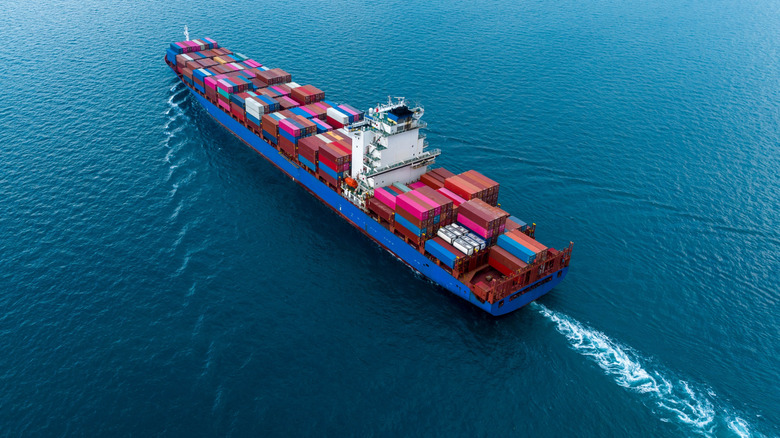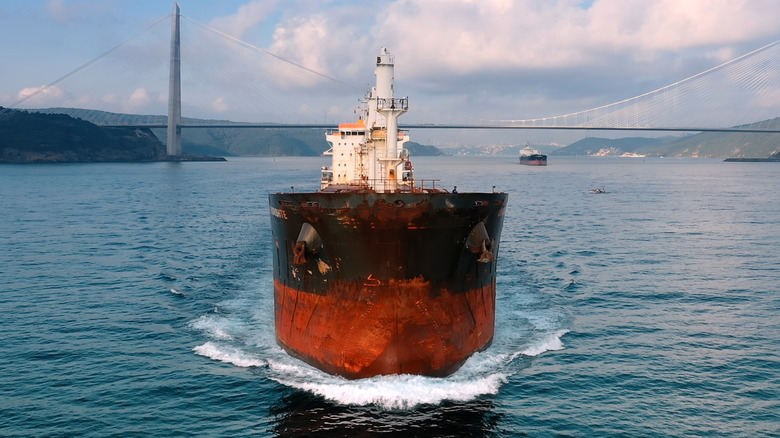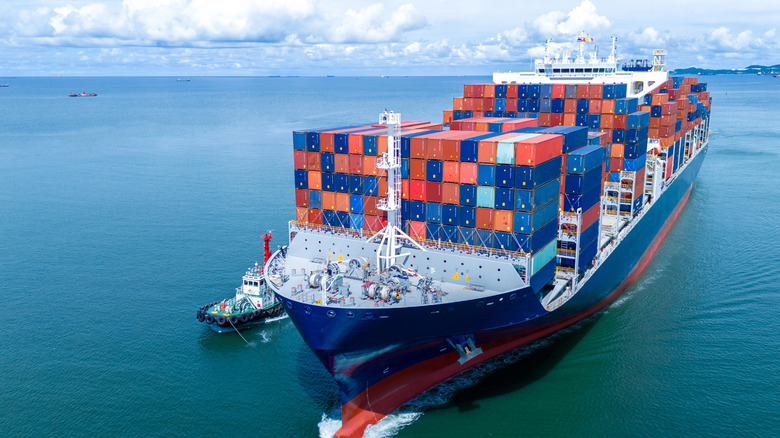The Useful Reason Why Some Commercial Ships Blow Bubbles Underwater
Some commercial ships are now releasing a steady stream of bubbles underwater, and the reason is purely functional: reducing drag. This technique, called air lubrication, reduces resistance and helps ships glide more efficiently through water by creating a layer of microbubbles along the hull. Less resistance also means lower fuel use.
It works like this: compressors on board pump air through small holes or vents in the flat bottom of the ship. This produces a thin film of bubbles that reduces friction between the metal hull and the surrounding water. The system doesn't affect how the ship floats or moves through waves. It just helps the vessel move forward with less energy wasted.
Fuel accounts for a huge chunk of operating costs for large vessels like container ships, oil tankers, and bulk carriers. Cutting even a small percentage of drag translates into big savings over long distances. Some systems claim up to 10% in fuel efficiency gains. That's a lot when you're burning thousands of gallons a day.
This isn't a gimmick or a test concept. Ships from big names in the industry, like NYK-Hinode Line, have already installed air lubrication systems on select vessels. More are following as fuel prices and emissions rules tighten. Blowing bubbles might seem odd, but it's one of the more practical tricks in modern shipping tech.
Air lubrication vs. traditional hull coatings
Before air lubrication, the main way to cut drag was hull coatings. Special paints reduce friction, and some ship bottoms are colored red to prevent marine growth like barnacles and algae. While these still help, they only go so far. Air lubrication adds another layer of efficiency without needing a dry dock or full repaint.
Think of it like a hovercraft effect, except it's microscopic and underwater. The air doesn't lift the ship, but gives it a partial cushion. Traditional coatings can only smooth the surface; they can't create a physical barrier between the ship and the water.
That said, air lubrication doesn't replace coatings. It works best as a complement. A clean, well-painted hull plus a working air system gets the best results. It's not about choosing one or the other, it's about stacking every possible advantage.
As environmental rules push for lower emissions, the shipping industry is grabbing anything that cuts carbon. Air lubrication fits that bill, especially when paired with cleaner fuels and smarter routing. It's one more tool in the box for squeezing out better performance.
The broader impact: costs, carbon, and the future
A single large container ship can burn over 200 tons of fuel per day. Even a 5% reduction cuts several tons of CO₂ daily. Multiply that across thousands of vessels, and the numbers add up fast. This is why air lubrication is gaining ground. It can be installed on existing ships without major changes to the hull's form. That makes it attractive for operators needing a fast, relatively affordable upgrade to meet stricter emission targets set by the IMO and other regulators.
Cost is still a factor. The upfront price of air lubrication systems can run into hundreds of thousands of dollars. But the payback period (thanks to fuel savings) is often just a few years. For large fleets, it's a financial decision as much as a green one.
More systems are getting smarter, too. Sensors and software now adjust bubble flow in real time to match speed and sea state. Looking ahead, this tech could pair with other innovations like hydrogen engines, wind-assisted propulsion, or even fully autonomous ships. The goal: cleaner, leaner ships that can handle global trade without wrecking the climate. It all starts with blowing bubbles below the waterline.


